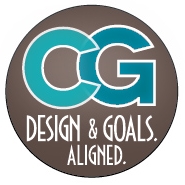While market research is crucial to the successful development of innovation in design, traditional market research methods such as focus groups are only part of what drives successful design solutions and successful innovation. Putting together a group of customers and conducting a focus group has its uses, but also its problems. Many spectacularly successful products did not engage in customer feedback (e.g. Apple), while some of the most extensive customer testing programs have led to some of the biggest market failures (e.g. New Coke). Why? Because customers notoriously lean toward what is conservative, safe and familiar.
One fundamental ingredient on the road to innovation, is allowing time for the design team to get immersed in the market of the given project. This allows designers to receive information by osmosis—the kind of information that depends on intuition, and feeling. By this process, designers are in a position to act on hunches and take risks on subtle levels of information—the kind of information that traditional market research is often unable to capture or measure.
Customers are equipped to comment on what they know, while designers are equipped to come up with new solutions to problems, and to influence consumer behavior. When designers are supported with time in the target consumer market, the design process is able to address customer needs from a perspective that most customers could not come to identify or verbalize.
At Google, this is built in to the environment: Google engineers are expected to spend 20% of their time at work on individual projects, in an effort to create and support an environment of innovation with market potential. For companies not quite in the ballpark of Google, or companies otherwise unable to commit to innovation to the same degree, the message is this: if you want a better shot at innovation and successful design solutions, allow time for the design team to dabble and to get immersed in the project's market.
More on this, from Michael Beverland, Professor of Marketing at the University of Bath School of Management, via the Design Management Institute, or below. Case studies and examples include: Playmobil, Apple, and the notorious consumer-input failures such as New Coke.

